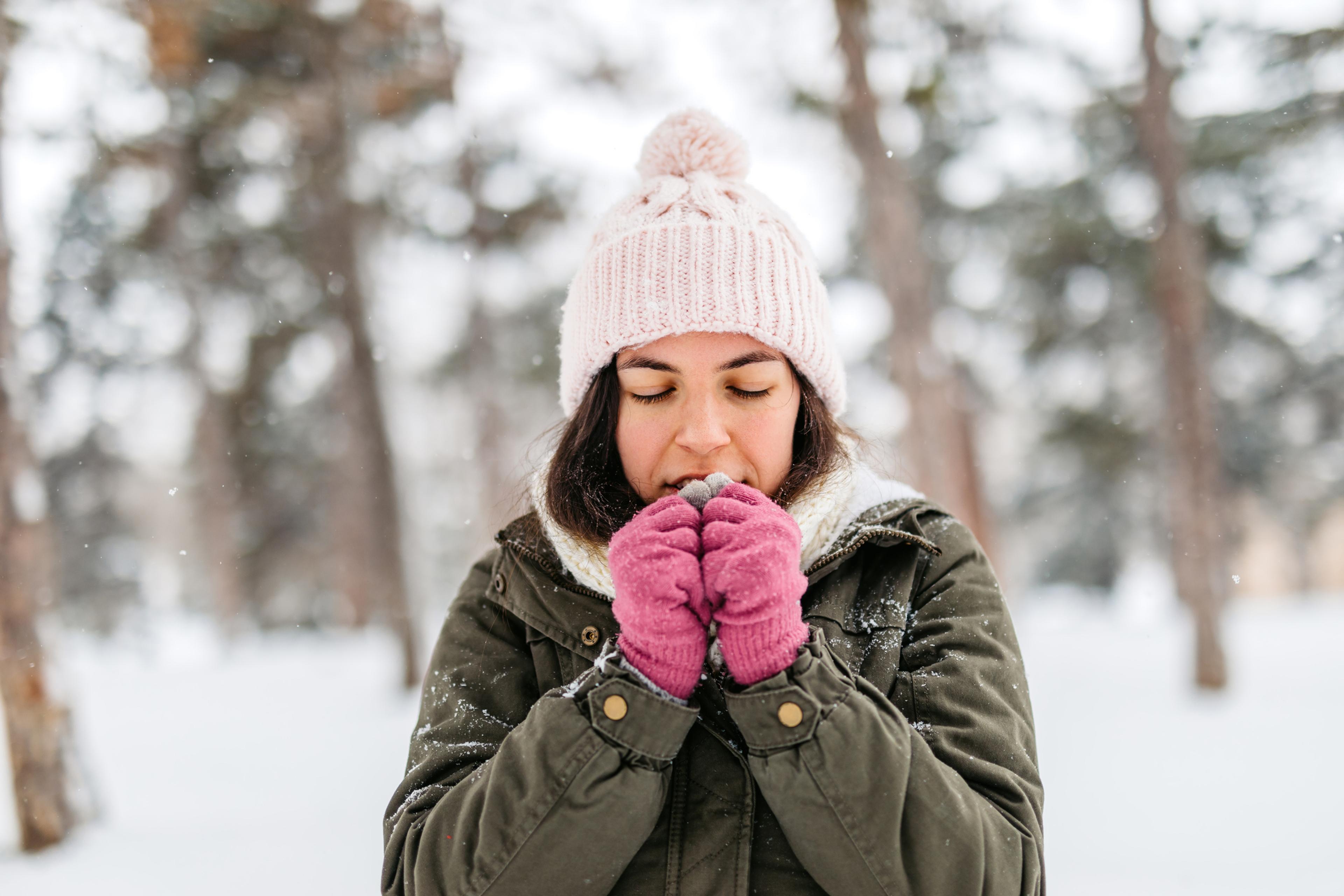Dishes to Reach for First at the Thanksgiving Table
Amy Barczy
| 4 min read
Amy Barczy is a former brand journalist who authored content at Blue Cross Blue Shield of Michigan. Prior to her time at Blue Cross from 2019-2024, she was a statewide news reporter for MLive.com. She has a decade of storytelling experience in local news media markets including Lansing, Grand Rapids, Holland, Ann Arbor and Port Huron.

Thanksgiving dinner isn’t so much about nutrition as it is about indulgence. The tradition of gathering together with friends and family centers around the table and sharing a meal together. But it’s not just any old meal. The turkey is the sun, surrounded by an orbit of gravy, cranberry sauce, mashed potatoes, stuffing, green bean casserole, sweet potatoes and more; dishes loaded with butter, carbs and love. It’s easy to stack a plate full of 4,500 calories without blinking an eye. Enjoying turkey day favorites in moderation is key for everyone – and especially for people with diabetes, as they work to manage their blood sugar. But as you consider the staples of your Thanksgiving plate, try building your feast around the nutritional value of the various dishes. And if you stick to recommended portion sizes, Thanksgiving dinner doesn’t have to come with a sky-high calorie count. Consumer Reports offers a way to keep your plate to 1,753 calories, even with a slice of pumpkin pie. Here are some of the nutritional superstars of the Thanksgiving meal:
Turkey
Turkey is a high-quality source of protein that’s low in the glycemic index (good for people with diabetes). Take a 3.5-ounce portion of white meat with skin – about the size of a deck of cards. This accounts for 177 calories, 6 grams of fat and 30 grams of protein. Take the skin off and you subtract 30 calories per serving.
Sweet potatoes
Sweet potatoes pack a punch: one cup is full of fiber and have beta carotene, which your body converts to vitamin A. Vitamin A helps the body maintain healthy skin and good eyesight. Sweet potatoes also carry high levels of vitamin C, manganese, vitamin B6 and potassium. They’re also rich in antioxidants. A serving of candied sweet potatoes is about 4 ounces – about 1 medium potato – and accounts for 187 calories. With the added sugar to make them “candied,” the average dish has 20 grams of sugar. Opting for roasted sweet potato chunks at Thanksgiving offers the same nutrient benefits without the added sugar.
Green beans
Half a cup of plain green beans has 20 calories but provides you with a fiber-rich source of folate and vitamins A, C and K. When served in the savory green bean casserole dish with cream of mushroom soup and crispy fried onions, the calorie count can land at 227 calories for half a cup. Be aware that canned green beans can be high in sodium. If you’re cooking with canned green beans, rinse them in water before using them. To get the maximum nutritional value out of green beans without the added salt, consider using fresh or frozen green beans.
Cranberry sauce
While it’s up to personal preference whether you lather cranberry sauce or gravy onto your turkey, cranberry sauce is a Thanksgiving staple. Cranberries are high in antioxidants including vitamins C and E, as well as manganese and vitamin K1. Other antioxidants in cranberries have health benefits, including anti-inflammatory and preventive effects against urinary tract infections. While many cranberry sauce recipes include a lot of added sugar – accounting for 102 calories per quarter-cup serving – there are ways to reduce the amount of sugar you add to the recipe. Find ways to add sweetness using spices or grated orange peel, or add diced apples and walnuts to help lower the impact on blood sugar.
Pumpkin pie
One-eighth of a nine-inch pumpkin pie accounts for 280 calories. Compared to a similar slice of apple pie (411 calories) or pecan pie (500 calories), pumpkin pie is the calorie winner. But consider the benefits of pumpkin: it’s packed with beta carotene, which the body uses to make vitamin A. Vitamin A can make your immune system stronger. Pumpkin also contains vitamin C, which has known immune system benefits. In addition to vitamins, pumpkin includes many antioxidants that may help reduce your risk of diseases. More from MIBluesPerspectives:
- Diabetes-Friendly Recipes to Serve This Thanksgiving
- Tips on Attending Thanksgiving with Vaccinated, Unvaccinated Family Members
- How Does the Change in Seasons Affect my Sleep?
Photo credit: Getty Images





